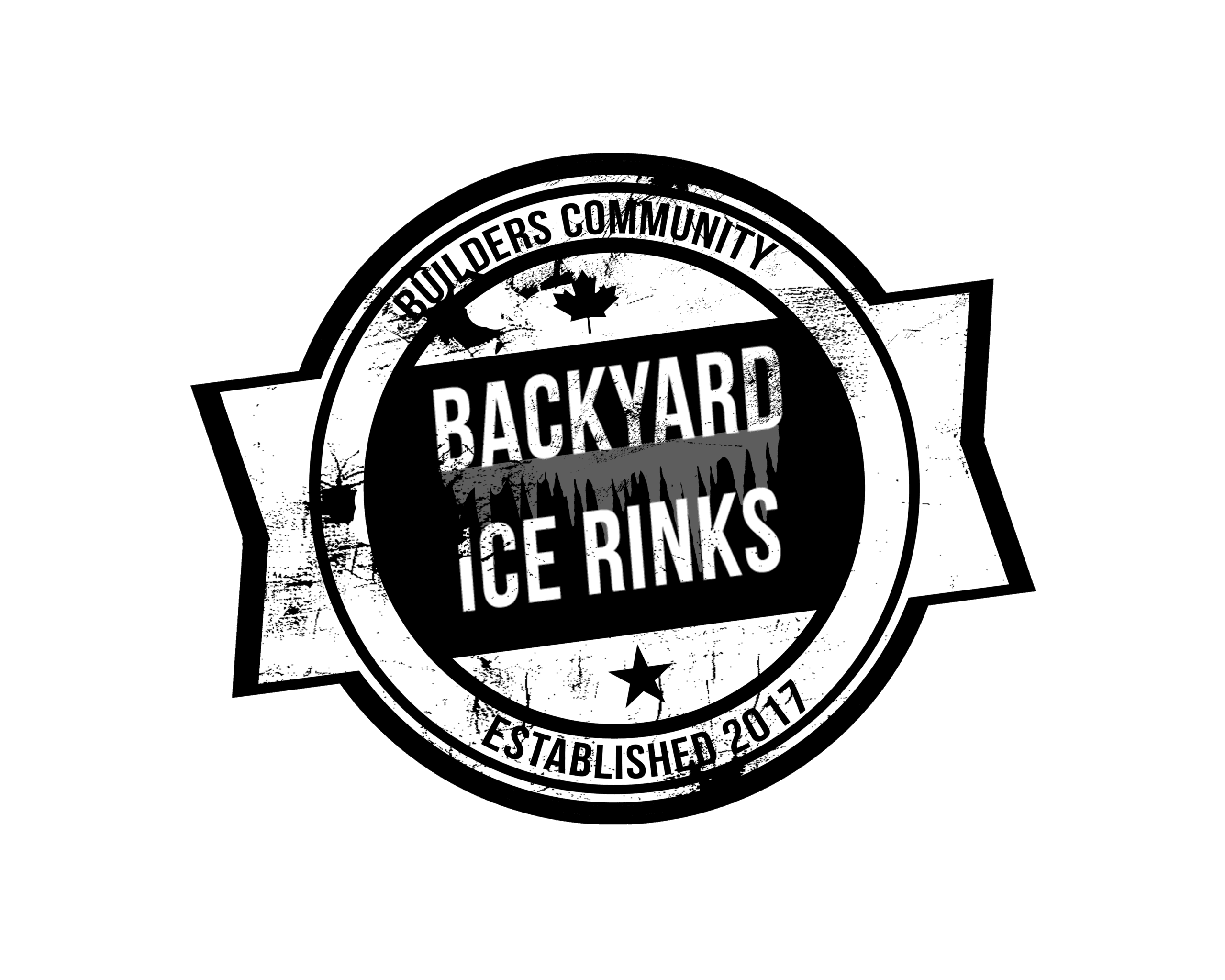The end of outdoor rink season is always bittersweet. It means it’s time to usher spring and beautiful weather, but also means you have to break down the rink and pack it up for next winter. We have compiled a some helpful tips for the breakdown process, that will hopefully make it easy on you now and when it’s time to put it back up next winter.
Melting and Water Removal
I usually don’t mess with the ice. I just let nature do it’s thing and melt it. Once the melting is completed I pump out the rink. I put some back into my pool, where I took some when I did my initial fill for the season, and I also just pump some of it onto the lawn. Just keep in the front of your mind, where you are pumping so you don’t flood out your neighbors or ruin your lawn. Flooding too much water on to the grass can damage the grass roots and can cause dead spots on your lawn. Also, be mindful that repeated flooding can lower your ground’s grade.
If you don’t want to pump it out you can break down some of your boards on your high corner, if you have one. This will let all of the water flow out. This is the fastest way to drain your rink.
A quick tip to help along the melting process is to consider placing a dark colored tarp on ice sections to attract the sun’s heat.
Breakdown and Storage
You want to make sure you get your liner up before the grass really starts growing as you do not want to suffocate your grass.
If you are not keeping your liner for next year then you need to dispose of it accordingly. Some liners are recyclable. Start of by cutting the liner into manageable strips. Keep it to manageable sizes for you and for your recycling disposable company. Remember if the liner is too difficult to dispose of, they will leave it behind and it will be your problem. So roll up the strips to sizes no longer then 4 feet.
Once you get your liner up next to break down your boards. Before you break the boards down, it’s important to know where you are going to store them. The best place is typically in a temperature and humidity controlled environment (i.e.. garage, basement, or shed). If you must store your boards outside, make sure you put them in a place that is relatively flat and dry. If you have to store them outside try to cut part of your liner as a cover, if you are disposing of it, and keep the boards under it.
